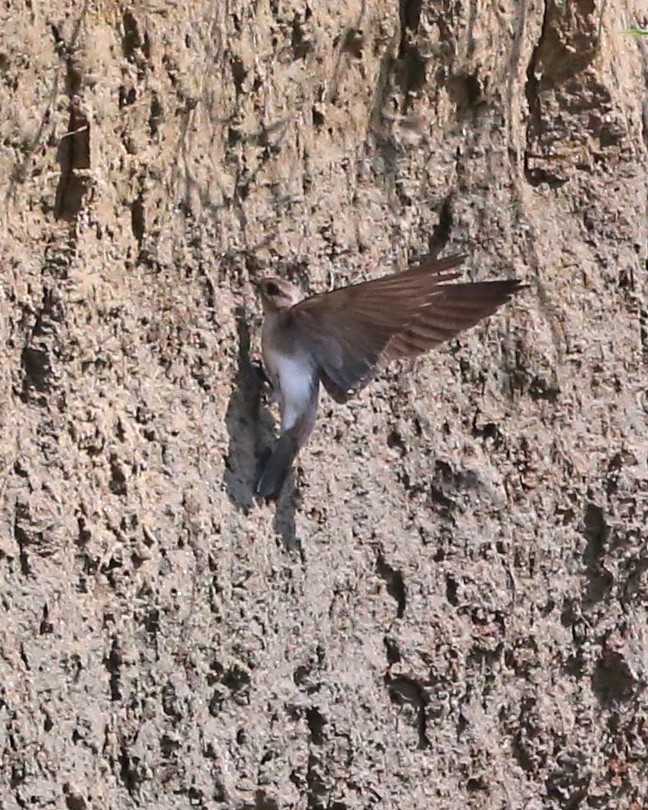Brown-throated Martin
A species of Riparia, Also known as Brown-throated Sand-martin Scientific name : Riparia paludicola Genus : Riparia
Brown-throated Martin, A species of Riparia
Also known as:
Brown-throated Sand-martin
Botanical name: Riparia paludicola
Genus: Riparia
Content
Description General Info
 Photo By Lip Kee , used under CC-BY-SA-2.0 /Cropped and compressed from original
Photo By Lip Kee , used under CC-BY-SA-2.0 /Cropped and compressed from original Description
The brown-throated martin or brown-throated sand martin (Riparia paludicola) is a small passerine bird in the swallow family. It was first formally described as Hirundo paludicola by French ornithologist Louis Vieillot in 1817 in his Nouveau Dictionnaire d'Histoire Naturelle. It was formerly regarded as conspecific with the grey-throated martin (R. chinensis) under the name "plain martin". It has a wide range in Africa. It is a partially migratory species, with some populations making seasonal movements. It is usually associated closely with water as its specific epithet paludicola suggest. The brown-throated martin is colonial in its nesting habits, with many pairs breeding close together, according to available space. The nests are at the end of tunnels of 30 to 60 cm in length, bored in sandbanks. The actual nest is a litter of straw and feathers in a chamber at the end of the burrow. Two to four white eggs are the normal clutch, and are incubated by both parents. Its brown back, small size and quicker, jerkier flight separate brown-throated martin at once from most other members of the swallow family. It is most similar to the sand martin, Riparia riparia , which is its northern counterpart. The 12 cm long brown-throated martin is brown above and white or pale brown below. It lacks the narrow brown band on the breast shown by the sand martin; the bill is black and the legs are brown. Sexes are similar, but the young have pale tips to the feathers on the rump and wings. The races differ in size and plumage tones of the upperparts or underparts. R. p. paludicola, southern Africa. White underparts. R. p. paludibula, western Africa. Smaller and darker above than the nominate form. R. p. ducis, eastern Africa. Smaller and darker above and below than the nominate subspecies. R. p. mauretanica, Morocco. Small and pale. R. p. newtoni, mountains of Cameroon only. Darker above than the nominate form, brownish underparts. R. p. cowani, Madagascar. Small, greyish underparts. The food of this species consists of small insects, mostly gnats and other flies whose early stages are aquatic. The twittering song of brown-throated martin is continuous when the birds are on the wing, and becomes a conversational undertone after they have settled in the roost. There is also a harsh alarm call. 
Size
12 cm
Nest Placement
Ground
Habitat
The brown-throated Martin typically resides in environments close to waterbodies such as rivers, lakes, estuaries, and wetlands, favoring these areas particularly during the breeding season. Habitats include grasslands, reedbeds, bushy areas, and sometimes arid regions where it is drawn to river oases. The species can also be found in modified landscapes like rice fields and sewage works, and it occasionally inhabits secondary forests, primarily in Madagascar. Non-breeding flocks are known to roost in reedbeds, and foraging often occurs over diverse terrains including grasslands and sand dunes.
Dite type
Insectivorous
General Info
Feeding Habits
Bird food type
Sounds
Call
Recording location: Ethiopia
Call
Recording location: Ethiopia
Species Status
Not globally threatened.
Scientific Classification
Phylum
Chordates Class
Birds Order
Perching birds Family
Swallows Genus
Riparia Species
Brown-throated Martin